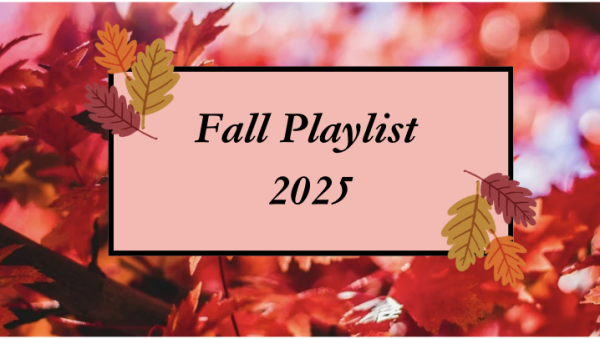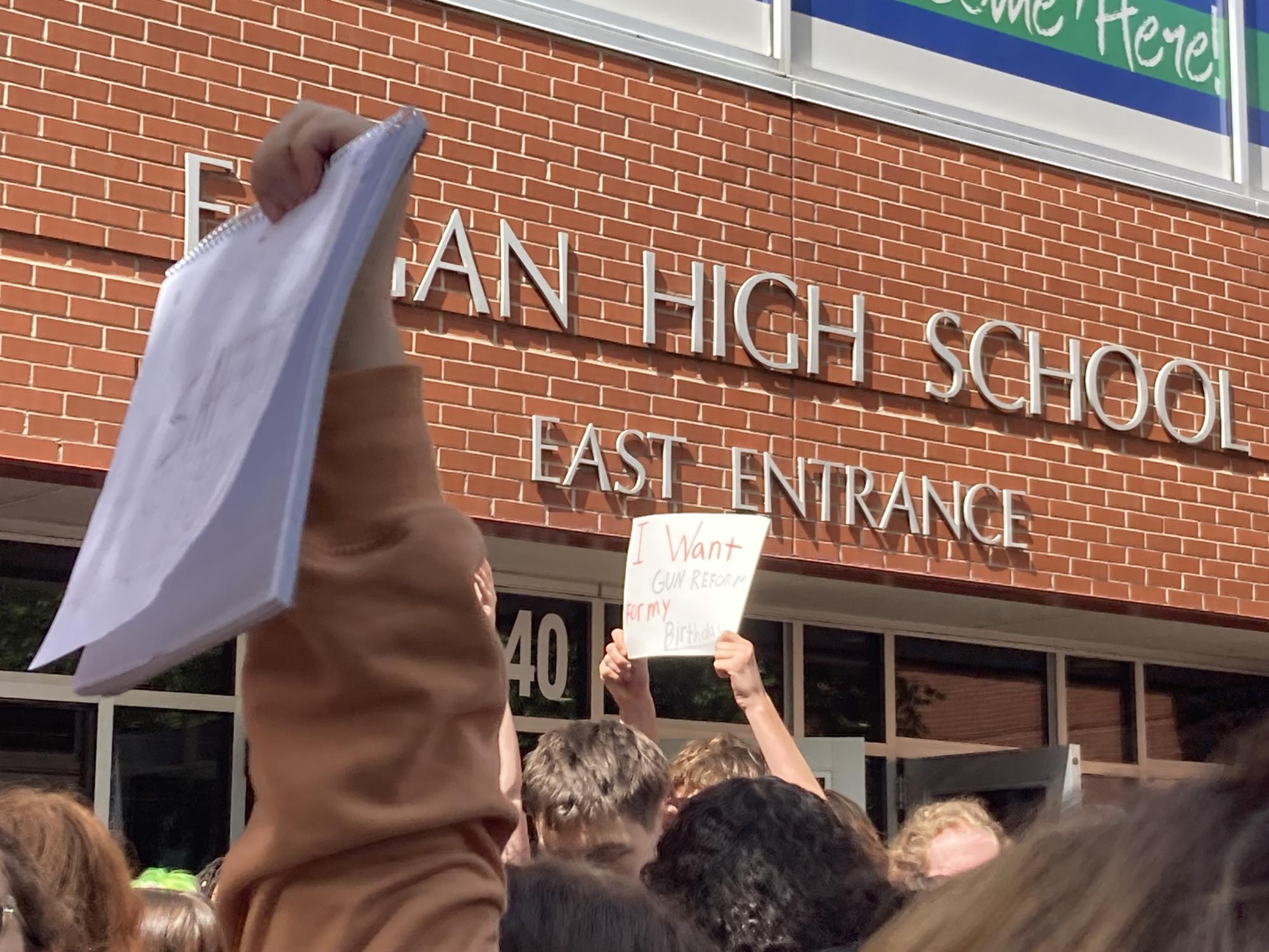Dakota Hawks Wrap Up Adapted Soccer
November 19, 2014
The Dakota Hawks were at it again this fall, battling their way through a long season of adapted soccer and finding success in the State Tournament this past weekend.
The CI squad (short for Cognitively Impaired) topped two other teams – including the tournament’s #1 seed – with a pair of 6-2 victories before ultimately falling in a hard-fought championship game that went all the way to overtime. “What a tournament it was!” says one of the Hawks’ coaches, Brett Kosidowski. “Seriously, our kids were on fire…they played their hearts out.”
The PI team (short for Physically Impaired) also had a successful run at its State Tournament, falling in the first game but then winning the next two to earn an applause-worthy consolation bracket victory. All told, the two teams put together very respectable performances and will surely hope to do the same thing next year.
Unfortunately, most high school students would agree that adapted sports at the high school level are something of an enigma; they’re seldom discussed in social circles, but the reality is that these adapted sports are just as vital and enjoyable to their participants as (for lack of a better term) “normal” sports are to theirs.
But how, exactly, does it all work?
Well, luckily for the Dakota Hawks, Minnesota is just one of three states in the country that has high school leagues for adapted sports. The two leagues are either for students with physical impairments – disabilities of some sort that prevent them from playing in “mainstream” sports – or for students with cognitive impairments – in other words, those who score below 70 on an IQ test.
Members of the two squads are taken from all four ISD 196 high schools, as well as Henry Sibley, Simley, and Hastings. These players play year-round in three different sports – soccer in the fall, floor hockey in the winter, and softball in the spring – and they can actually begin playing in their 7th grade year. Because of this, Kosidowski says that the Hawks’ coaches like “getting the kids out, getting the parents informed, and getting the kids to know the sport” prior to that school year, so that when they do begin playing, everything goes smoothly.
Needless to say, having a chance to participate in these sports is undoubtedly beneficial for the players. For instance, it’s not uncommon to see other high school athletes come out and help the team during their off-seasons (e.g. hockey players during the fall and spring) – in this way, the Hawks’ players can build relationships with other peers of theirs in addition to improving their skills.
Kosidowski says that Hawks alumni also frequently come back to help out at practices or to cheer on the players from the sidelines. “These players play together, and when they leave they need each other and that community, so they end up building relationships for the rest of their lives.” For them, these relationships really are pivotal and long-lasting, and the coach believes that this is one of the coolest parts of being a Hawk.
Sadly, there are some things about the high school adapted sports leagues that are still waiting to be improved. For instance, as Kosidowski notes, there is no real place for students with autism to participate.
“What happens with [autistic students] is that they have a social disability (which can sometimes be a little bit of a cognitive disability), but their IQs are not low enough to place them on the CI team.” Thus, these autistic students aren’t allowed to play on the CI teams, but they can’t turn to regular sports teams either because they simply “aren’t successful in that realm.” One can only hope that a separate league for autistic students is developed sooner than later, but Kosidowksi believes that it will surely happen eventually.
Another flaw in the system is the lack of home courts for these teams. “Right now,” explains the coach, “we bounce around from high school to high school or to the Rosemount Community Center, which we borrow just to have practice.” The CI and PI teams’ practice locations are both totally dependant on which facilities are available, and Kosidowski stresses that giving the players “a place to call home” would be invaluable.
Fortunately for the adapted sports community, adapted sports are beginning to get more coverage than they used to, and this could help these aforementioned changes happen more quickly. As the Hawks’ coach notes, major news stations like WCCO and KARE 11 have been getting much better at covering adapted sports in Minnesota, and their popularity around the Twin Cities area has really skyrocketed over the past decade.
“Just because these kids have a physical or cognitive disability doesn’t make them any different from someone playing football, volleyball, or anything like that,” concludes Kosidowski. “Everyone deserves to be recognized in their own way and so I think it’s cool that the news stations are covering that.” Simply put, the Hawks’ players – and adapted sports players across the country, really – deserve to be known about and talked about just as much as regular athletes are, and the hope is that adapted sports’ popularity will only continue to grow in the coming years.





